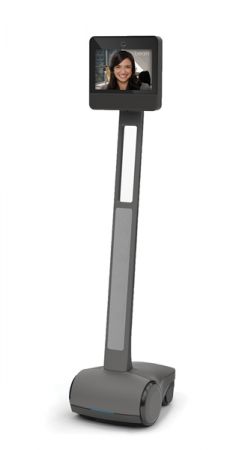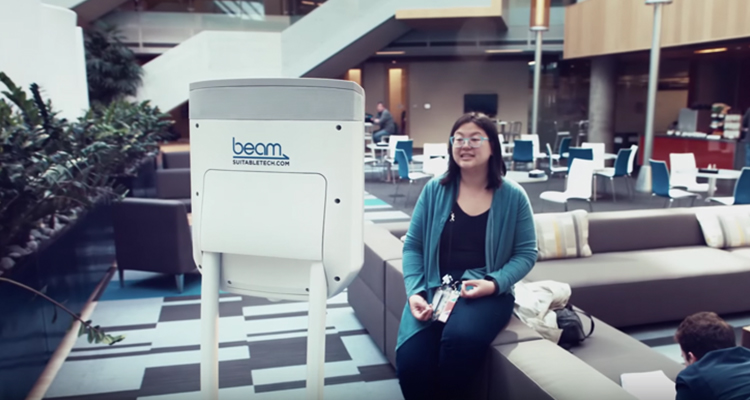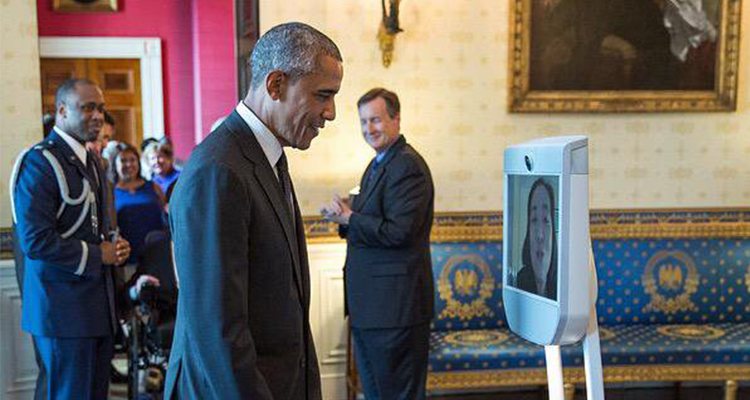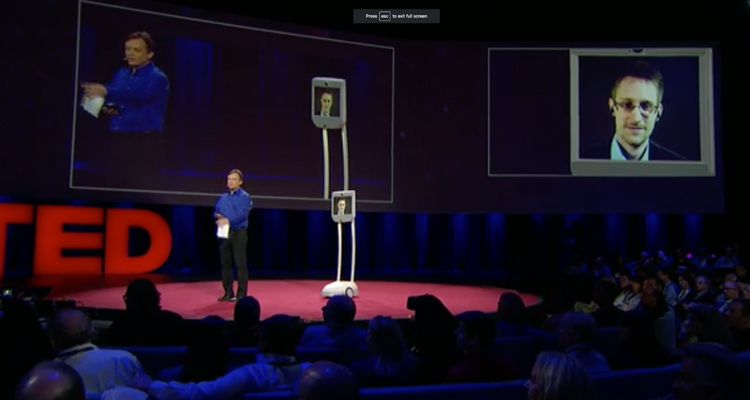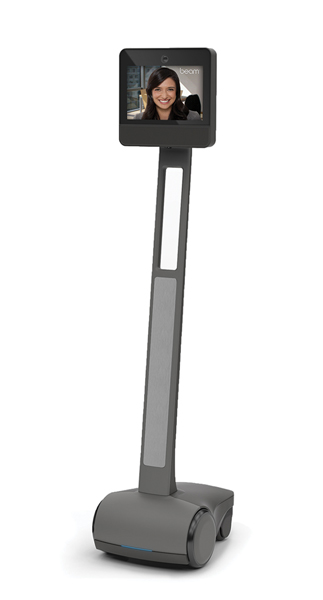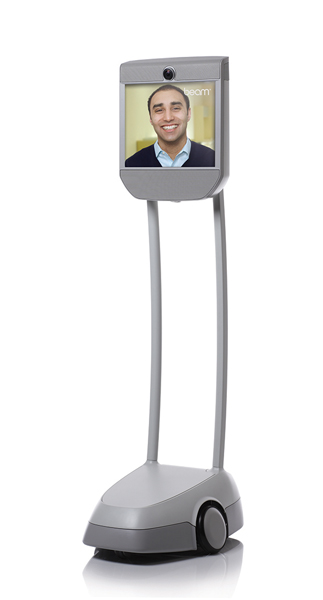Remember how people used to joke about never being able to change the clock on their VCR?
Those days are over, and Boomers are part of the reason why. While consumer technology changes at a fairly frenetic pace -- today’s seniors are more apt to joke about the difficulty they had getting their favorite app to work on a new platform -- the use of technology in caregiving is seen as a welcome, even expected, trend.
Interest will only grow as caregivers and savvy seniors adopt new tech.
According to a study done by AARP, interest in caregiver tech is high:
- 71 percent of caregivers are interested in technology to support their caregiving tasks.
- 59 percent of caregivers say they are likely to use a currently available technology, when asked about their likelihood to use a range of already available technologies.
- 7 percent of caregivers are already using or have used technology available in the market.
Staying Home
Long-term care, and elder care, are booming demographics; by 2050, one-fifth of the total U.S. population—about 88 million people—will be 65 and older, and the average life expectancy is expected to rise to 110 by year 2030. With an extended lifespan comes an increase in medical concerns and a corresponding increase in a need for decisions. Aging at home -- or “aging in place” -- is far more preferable for many of us than transitioning to a nursing home or even an assisted living facility.
In addition to the emotional benefits, remaining home lessens the burden placed on hospitals and healthcare systems. Johns Hopkins has been running a Hospital-at-Home program for 20 years. It gives patients with even serious illnesses such as pneumonia, exacerbations of heart failure or chronic obstructive pulmonary disease, cellulitis, and other conditions the option to receive care at home.
For more routine medical concerns, most insurance companies have programs similar to Kaiser Permanente’s Urgent Care Video offering, which allows patients easier access to medical care and eliminates potentially stressful trips to a doctor’s office.
Taking care of adult parents is every bit as challenging as it’s always been, but caring for a loved one at home eliminates the added trauma of displacement. If a parent can remain at home and still get the kind of quality care he or she needs to thrive, everyone wins.
Benefits of Telepresence
Telepresence technology is emerging as an important part of the telehealth mix. Giving a doctor or physician’s assistant the ability to see a patient removes much of the uncertainty around receiving care at home.
For example, an orthopedic surgeon could Beam into a patient’s home to perform a post-operative assessment. A Beam can also move around the patient and be able to observe and interact much more easily and directly than with traditional videoconferencing systems.
Beyond providing elders with in-home medical care, telepresence technology also brings in a crucial senior support: companionship. Researchers say that for people 65+ there is an “epidemic of loneliness,” which causes not only emotional distress, but is also is linked to physical illness and cognitive decline.
Finding new solutions to the age-old problem of how to best support seniors with in-home care is one of the biggest societal challenges today. Using telepresence technology to solve some of the major issues facing our graying population has an important silver lining: it gives younger generations peace of mind and the ability to check in on their elder loved ones, too -- which is healing for the whole family.


